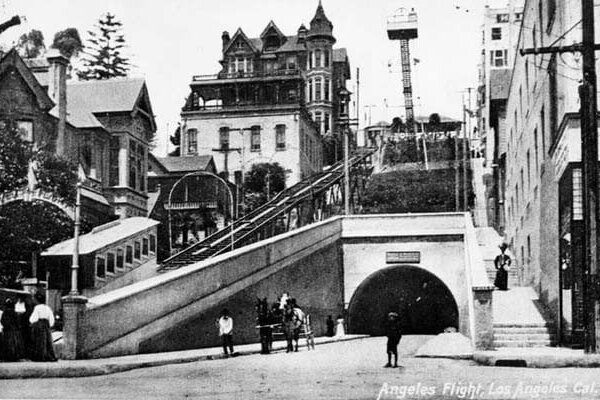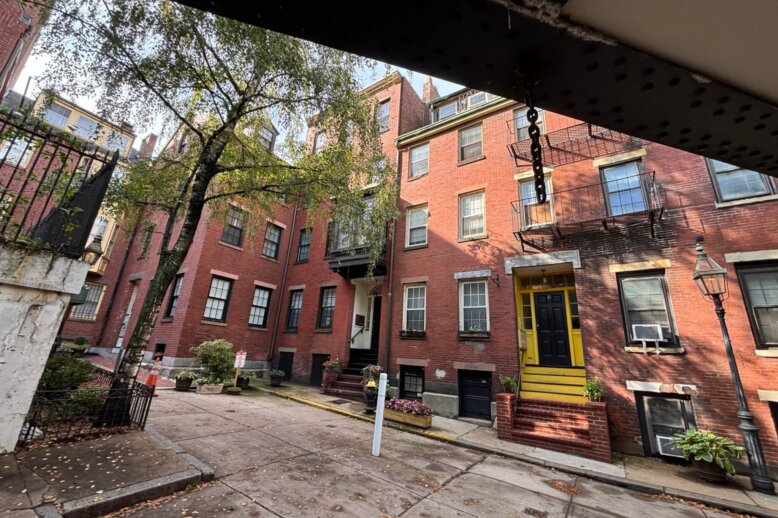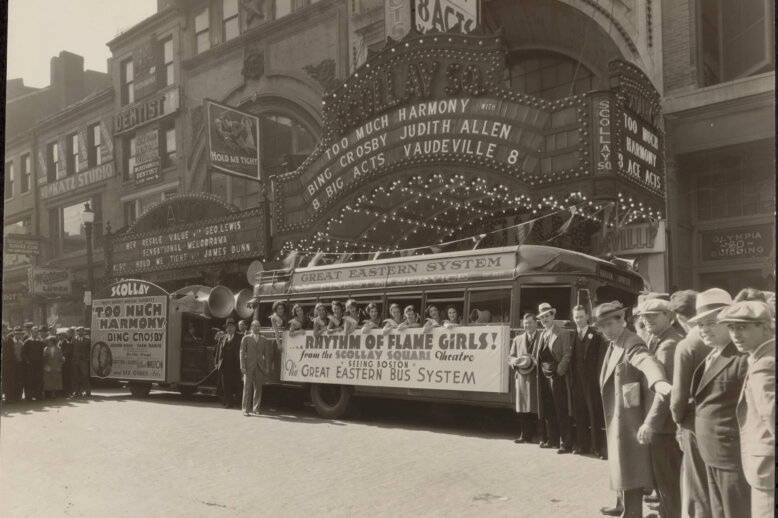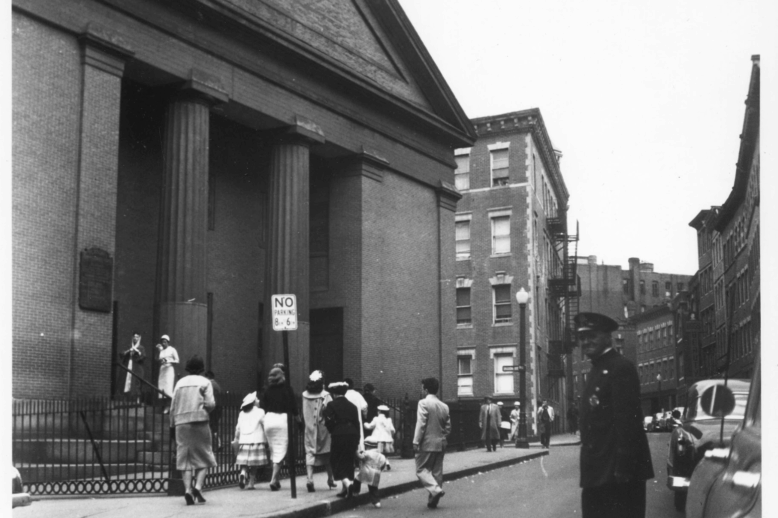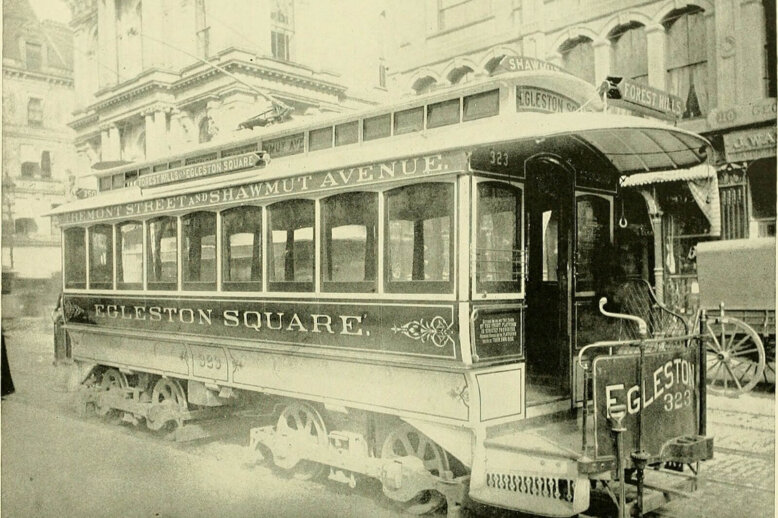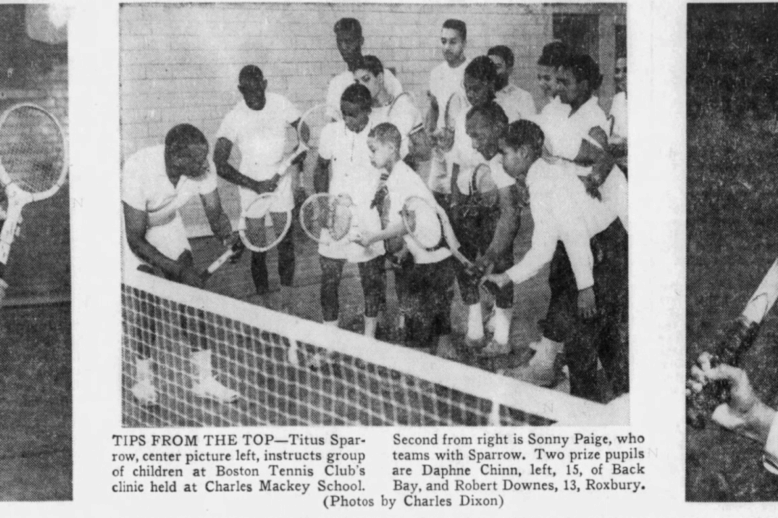Era
Organizational category for historical articles
The Omnibus: Boston’s First Horse-Powered Public Transit System Boston established its first form of urban public transit—a large horse-drawn carriage known as the omnibus – in 1833. The omnibus was an early step in the creation of Boston’s public transportation system. With lines crossing the West End, and a hub on Brattle Street, the omnibus…
The Thriving Jewish Marketplace of the Old West End Part One: Peddler to Proprietor This article is the second part of a series exploring Jewish life in the Old West End. The first part explored the synagogue life in the neighborhood. This introduction to Jewish businesses in the West End explains the economic path many…
The Angels’ Flight from the Hill: Urban Renewal in L.A.’s Bunker Hill Neighborhood The area of Bunker Hill in downtown Los Angeles has a rich history. It started as a rugged sandstone highland overlooking a river plain. Later it transitioned from a wealthy residential enclave to a diverse mixed-use community. Like the West End, the…
Uncovering Lindall Place Tucked away in a cozy nook off Cambridge Street, on the border of the West End and Beacon Hill, tiny Lindall Place can easily be overlooked by passersby. The street is modest in size and camouflaged by the elevated Red Line tracks leading to Charles MGH Station from the Beacon Hill Tunnel…
The Signscape of Scollay Square Scollay Square, Boston’s port-side entertainment center, was full of flashing marquees. Directional signs on theatres, peepshows, and taverns helped people find their way through the maze of cobbled streets and guided crowds to transportation or fun. Though Scollay Square was destroyed by urban renewal, the vibrant electric atmosphere has been…
The Catholic Church and the Destruction of Boston’s West End The Catholic Church was more than a religious institution in 20th century Boston. It was a land holder as well as a facilitator and participant in urban renewal. The Church’s role raises questions on accountability and how powerful institutions can abandon the people who put…
How The West End Meets the World: Mass Transit that Shapes the Neighborhood Tens of thousands of people traverse the West End neighborhood every day without even knowing it. The West End has been home to rail links connecting Boston with North Shore communities and the rest of northern New England for over a century.…
Titus Sparrow: The Tennis Ace who Brought Courts Back to Boston Renowned tennis player and Boston native, Titus Sparrow (1908-1974), recognized that a city owed its residents more than just roads and bridges. During a long career in which he taught hundreds of young tennis players, Sparrow advocated for public tennis courts for all neighborhoods.…




